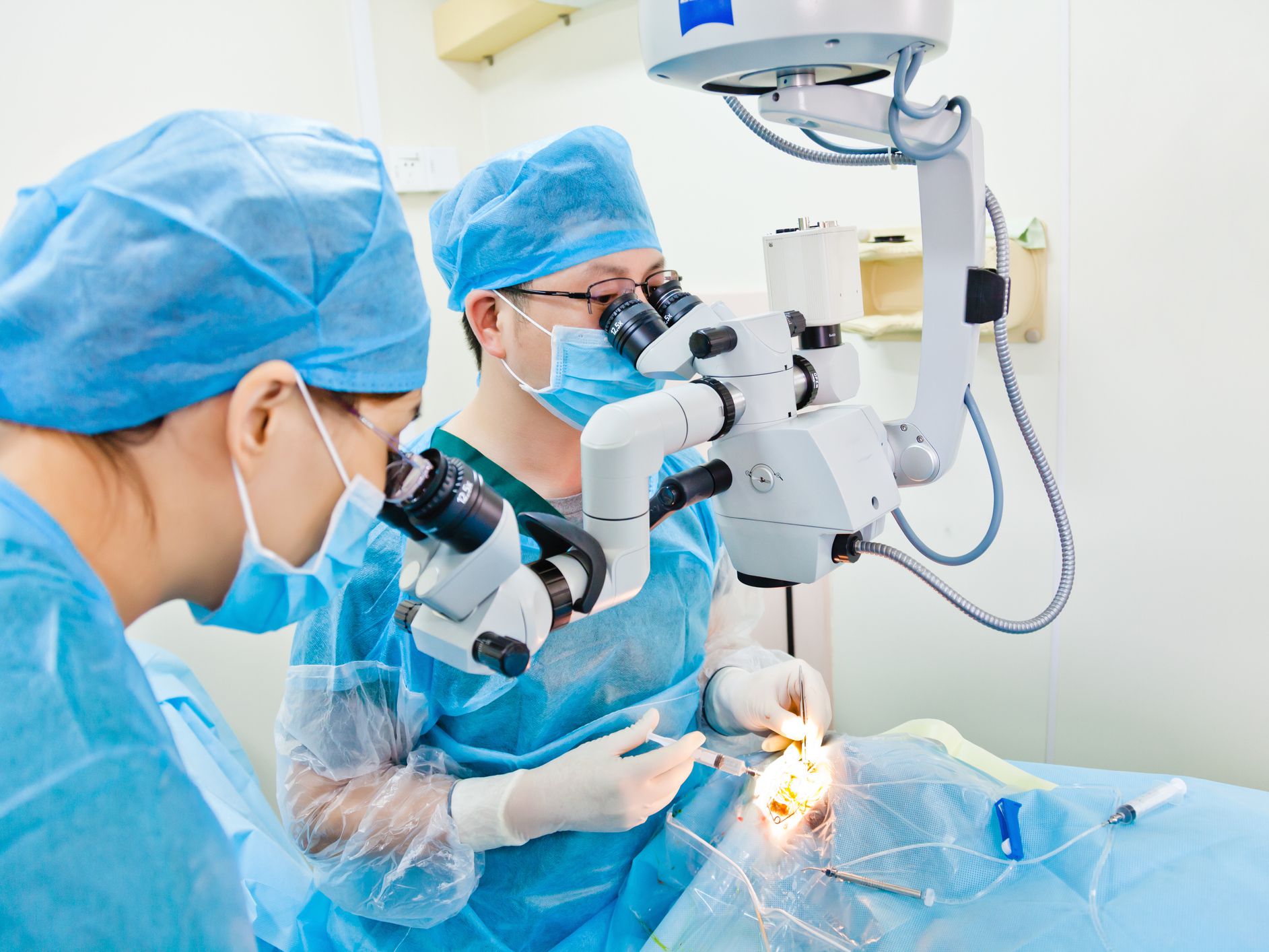Cataract Myth Vs Facts
Cataracts are a common, but serious, condition affecting tens of millions of People. They develop when the lens in your eye becomes cloudy or hazy over time. However, many people are unsure what cataracts are, why they cause vision loss, or what to do about them.
Everyone Deserves to have Access to High Quality Eyecare
The capacity to affect people and their choices has always been a crucial aspect of marketing. In this world, some facts are true and others are completely untrue. However, it takes a lot of effort and time to distinguish between the two. Certain popular cataract surgery myths and misconceptions discourage individuals from considering the procedure.
Cataract surgery is a popular procedure, but there are still some misconceptions about it. One common misconception is that cataracts are caused by overuse of the eyes. However, this is not the case.
Book Free Consultation
Book Appointment or Video Consultation online with top eye doctors
Myth Vs Facts
Remove any misconceptions from your mind and look at the facts and benefits of cataract surgery. This therapy has rapidly become one of the most popular and frequent treatments for a variety of eye problems.
Myth I: Cataract is a problem of old age.
Cataracts occur in all ages, although they are more common in older individuals. They can also be hereditary or induced as a result of steroids, trauma, diabetes or eye diseases. Symptoms include blurred vision, double vision, poor night vision and glare.
Myth II: Cataracts can be prevented by medication, diet, eye exercise, or yoga. Cataracts may be treated with eyedrops, nutrition, or yoga.
Cataract is a disease that does not have a cure. Cataract surgery is the only surefire cure for cataracts. If they are not causing any problems in your vision, some early cataracts may never progress and might be treated with no treatment at all.
Myth III: Cataract surgery should be postponed until the cataract has matured or ripened, as this is when it's healthier for your eyes.
The best time to get the surgery is when you first start having early visual difficulties. There’s no need to put off the procedure too long because the ultrasonic technique works more quickly and is safer on softer cataracts than hard or mature ones.
Myth IV: Is it true that cataracts may be removed without an incision using lasers? Is the entire surgery bladeless and done with just laser surgery?
There is no way to perform surgery without making an incision. The opacity or clouding of natural lens that is caused by cataract is removed with the use of an ultrasonic phaco probe, which breaks down the cataract into tiny pieces and sucks them through a tiny incision (2.2mm). We are currently utilizing the Femto laser-bladeless method for cataract treatment. This method makes incisions and then a circular aperture in the anterior capsule and part of the nucleus fragments, which is subsequently followed by phacoemulsification with foldable intraocular lens implantation. As a result, laser tools assist in several phases of cataract surgery, ensuring greater precision and fewer complications.
Myth V: Cataract surgery -both femtolaser assisted and phacoemulsification is uncomfortable and time-consuming.
The operation is done in a day care setting and takes around 15 minutes. Local anesthetic eye drops are usually administered to patients during the surgery, preventing the doctor from utilizing injections, pads, and bandages. Patients are permitted to resume work in a few days after the procedure has been completed.
Myth VI: After cataract surgery, you will never have to wear glasses.
After cataract surgery, we aim to get rid of spectacles but it may not be feasible in some cases. Despite the fact that you need reading glasses for nearsightedness, monofocal intraocular lenses are ideal for distance. After cataract surgery or with less reliance on them, multifocal intraocular lenses provide freedom from both close-up and distance vision problems.
Myth VII: Cataracts can return or grow back.
Cataracts are never re-grown. The capsule behind the intraocular lens might become hazy after surgery. A brief laser procedure in OPD can permanently cure this problem.

